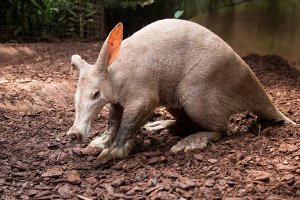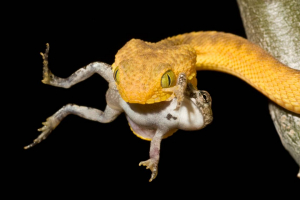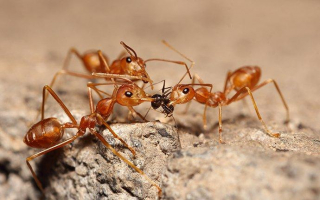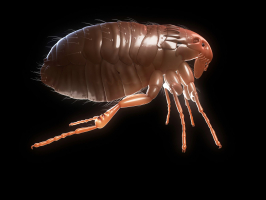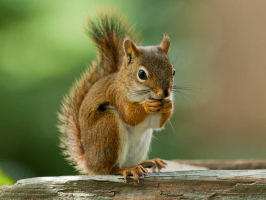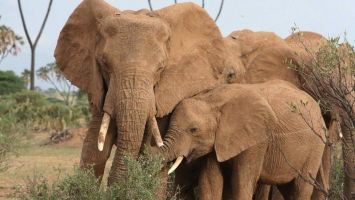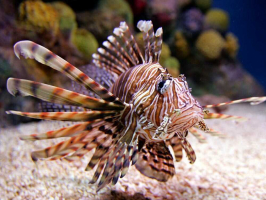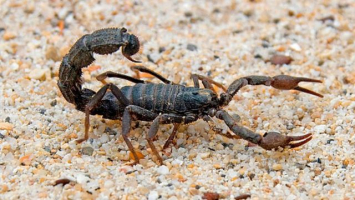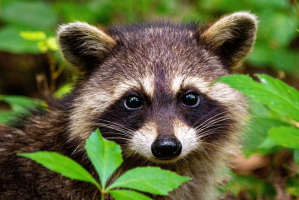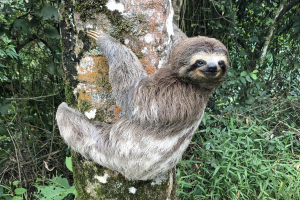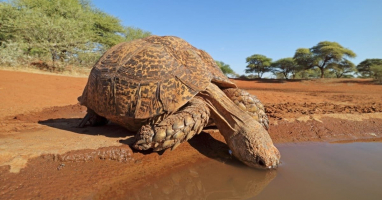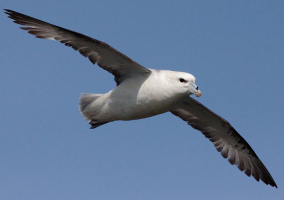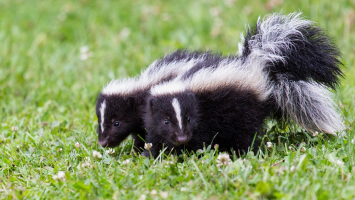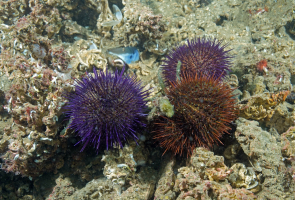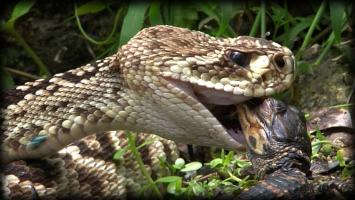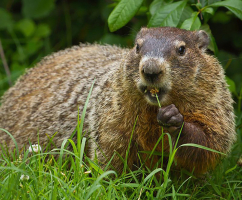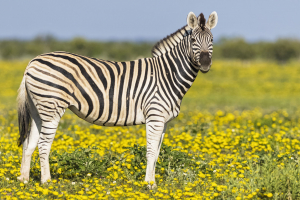Top 5 Predators of Aardvarks that Eat Aardvarks
The African continent is home to the aardvark, a burrowing animal. Aardvarks, while being medium-sized mammals, live in harsh environments, making them ... read more...vulnerable to a variety of various predators. Additionally, because it is a nocturnal species, it is more vulnerable to some predators. It does have a variety of protection measures, including as a keen sense of smell and a swift digging speed, but sometimes those are simply insufficient. Today, let's follow Toplist to discover some predators of aardvarks that eat aardvarks.
-
A huge cat of the species Panthera, the lion (Panthera leo) is indigenous to Africa and India. Its physique is broad-chested and strong, and it has round ears, a small, rounded head, and a hairy tuft at the end of its tail. Female lions typically hunt in packs and target huge ungulates as their primary prey. The lion is an apex and keystone predator. It lives in shrublands, savannas, and grasslands. Although it is typically more nocturnal than other wild cats, when threatened, it learns to become active at night and during the twilight hours.
The lion is among the most dangerous predators that an aardvark must avoid. Aardvarks are solitary and nocturnal creatures, and because of this, predators like lions may find them to be simple prey.
This aardvark predator will pursue an aardvark before catching it, tearing it up, and eating it. Despite having the appearance of being a timid and defenseless creature, the aardvark will make an effort to protect itself by using its razor-sharp claws, but it is unlikely to be able to repel a full-grown lion. If a young lion cub tries to devour it, it could have a chance to get away.
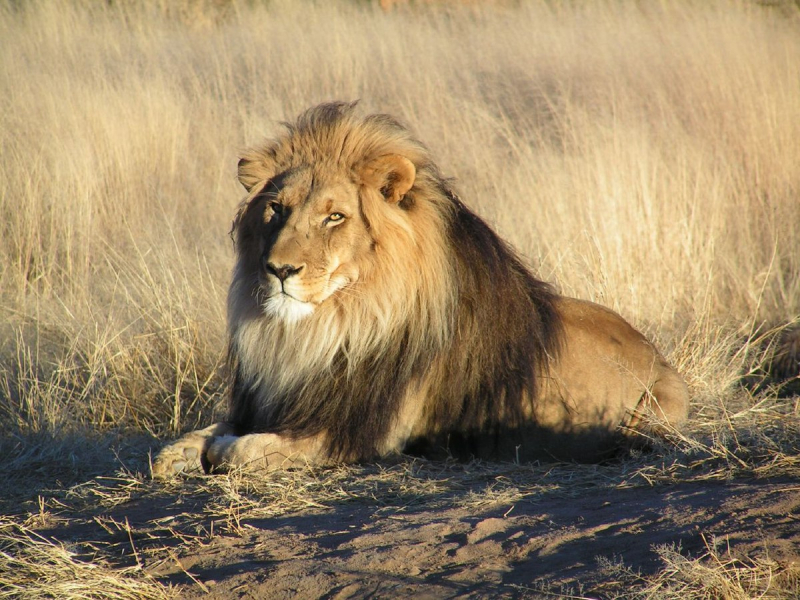
Photo; wikipedia 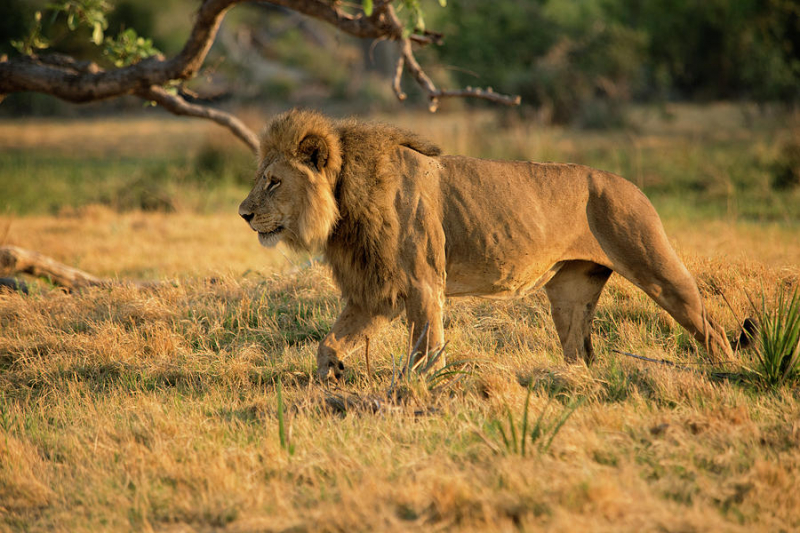
Photo: pixels -
The cheetah is a big cat that is indigenous to central Iran and Africa. The cheetah normally stalks its victim up to a distance of 60 to 70 meters (200 to 230 feet), then charges at it, trips it while pursuing it, and bites its throat to suffocate it. The Serengeti's savannahs, the Sahara's arid mountain ranges, and Iran's steep desert terrain are just a few of the diverse habitats where cheetahs can be found.
Big meat eaters, and cheetahs, can be particularly hazardous aardvark predators. Cheetahs have been known to consume aardvarks if the conditions are good, though they do prefer eating species like wildebeests, guineafowl, grey duikers, impalas, kudus, or gazelles. So one of the predators of aardvarks that eat aardvarks is cheetahs. In order to escape other predators, cheetahs typically stalk their prey throughout the day. They hunt by using their keen eyes to spot their prey, and they frequently stalk it for a time before chasing it.
If a cheetah decides to pursue an aardvark, it will probably first stalk it for a short while before launching into a swift pursuit. Because of cheetahs' renown for speed, an aardvark stands little chance of ever evading them in a direct chase. The only genuine opportunity for an aardvark to flee from a cheetah is during this brief window when they can sustain their full speed. Aardvarks, on the other hand, can dig swiftly, giving them another option for defending themselves from a cheetah. Aardvarks also have extremely tough skin, which makes them less appealing as a food source in the wild because it is difficult for animals to chew on.
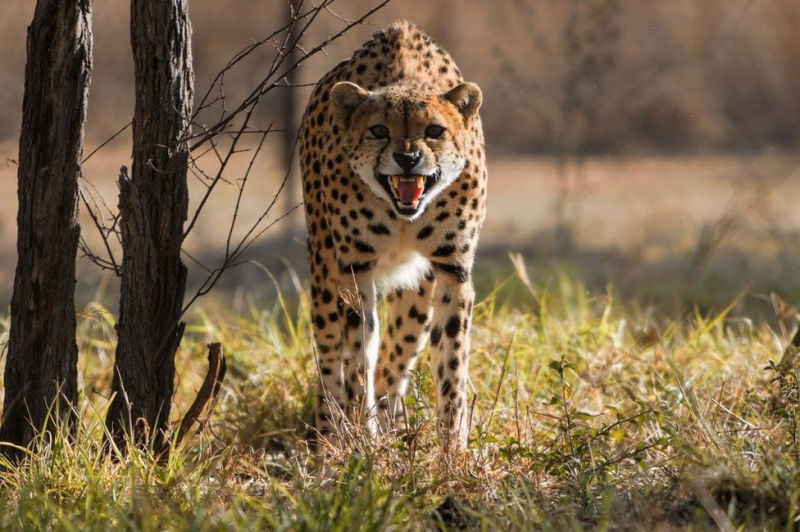
Photo: bbc 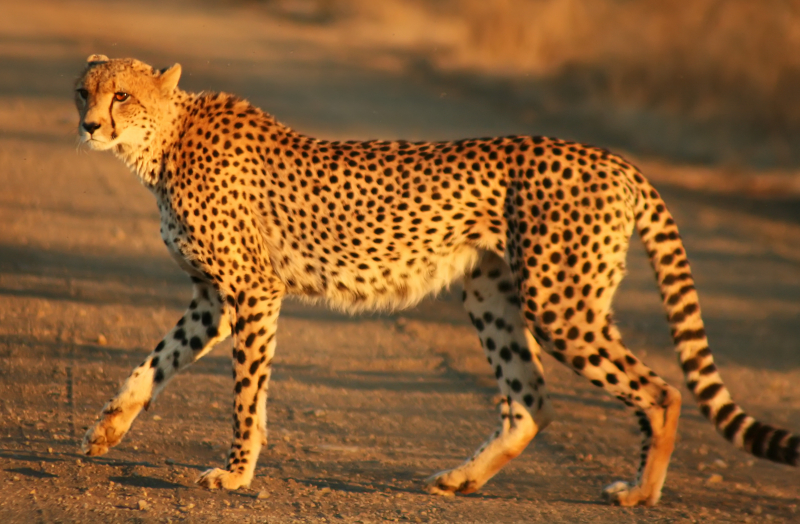
Photo: commons.wikimedia.org -
The nonvenomous snake family known as the Pythonidae, or pythons, can be found in Africa, Asia, and Australia. Some of the largest snakes in the world are among its members. Currently recognized are ten genera and forty-two species.
Like many snakes, pythons are excellent opportunistic hunters. The aardvark is one species that is particularly vulnerable to being preyed upon by a python, though they will capture and kill a broad variety of creatures. When it comes to catching their prey, this aardvark predator will employ a kind of ambush strategy. The aardvark will be pursued by them, and when it is asleep, they will ambush it. They then continue to murder the animal by wrapping their coil around its body and biting into it.
Pythons are extremely ambitious when it comes to the size of their prey, therefore regardless of size, they will try to kill an aardvark. They will gently devour the animal's entire corpse after killing it. Pythons typically devour enormous creatures, therefore in certain circumstances they only need to feed a few times a year.
An aardvark may find it challenging to defend itself against a python in terms of defence. Aardvarks have incredibly strong legs that may be helpful in fending off the python, and their thick skin may offer it some protection from the bite.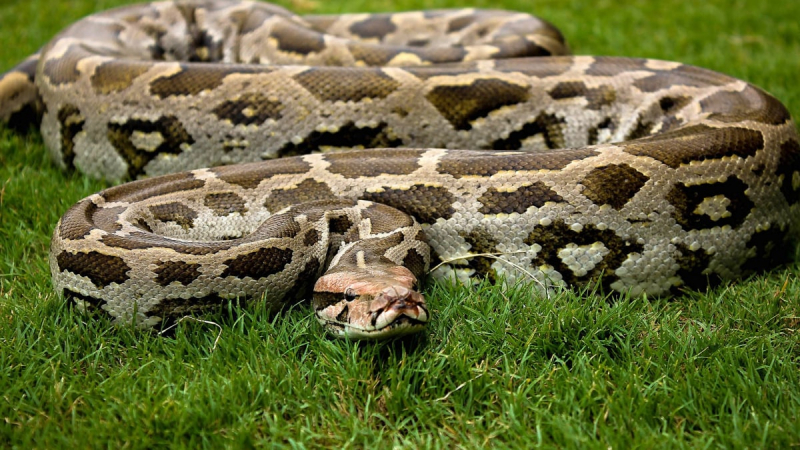
Photo: roundglasssustain 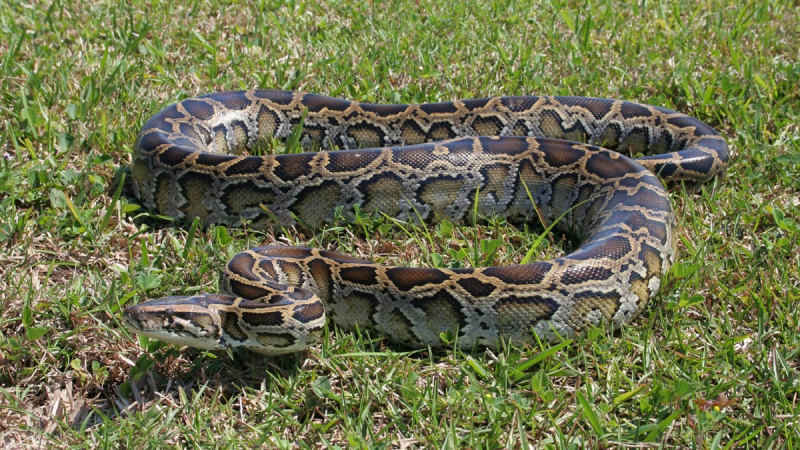
Photo: roaring -
The genus Panthera, a member of the feline family Felidae, contains five living species, the leopard being one of them. Sub-Saharan Africa, some regions of Western and Central Asia, Southern Russia, the Indian subcontinent, and Southeast and East Asia are just a few of the regions where it can be found. The leopard is a long-bodied cat with a big cranium that has comparatively short legs when compared to other wild cats. Rosettes are used to decorate its fur. The leopard stands out for its expert camouflage, opportunistic hunting style, varied diet, strength, and capacity to adapt to a wide range of environments, including dry and mountainous regions.
Like lions and cheetahs, leopards don't have particularly specialized dietary preferences. They eat a variety of creatures, including fish, birds, rodents, and even cheetahs.
The only drawback for an aardvark is that, like them, leopards are primarily nocturnal creatures, making them easy prey. The two creatures frequently come into contact with one another because leopards frequently hunt alone at night.
Leopards often stalk their prey by crouching down, scouting it out, and then leaping out to bite its neck in a single swift motion. Even an aardvark with its thick skin finds it impossible to defend itself from a leopard's teeth, which are quite strong.
Leopards generally drag their prey once they have caught it, and they will frequently bring it up a tree with them. In order to protect it from other potential predators like lions and hyenas, they do this. Additionally, they will feed their kids from what they eat.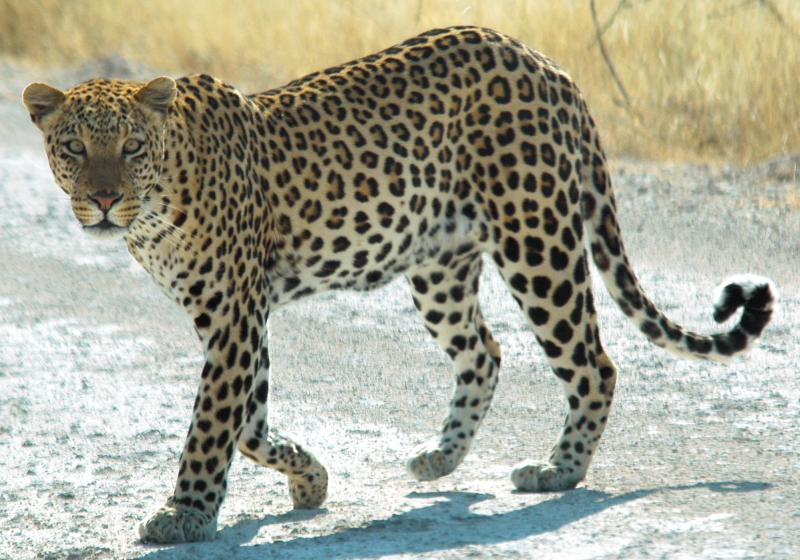
Photo: wikipedia 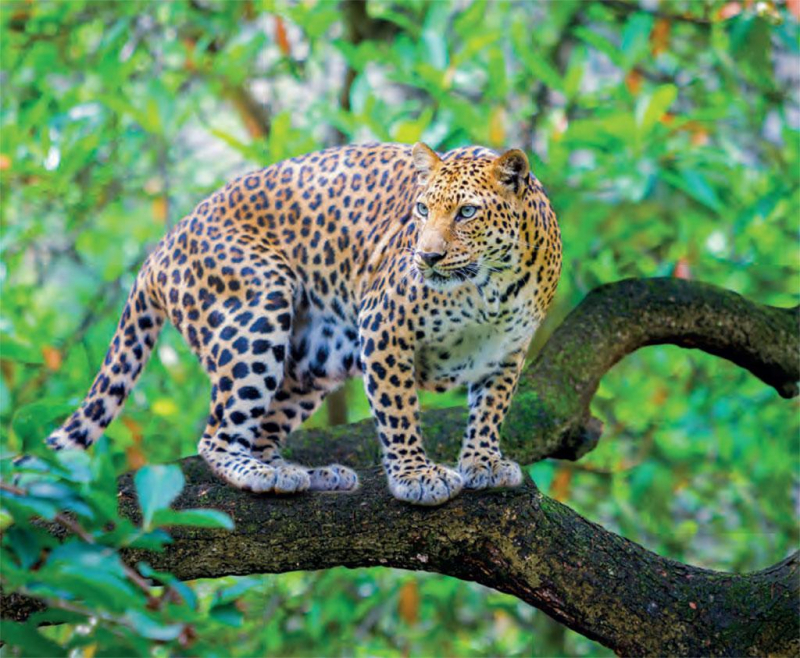
Photo: downtoearth -
Sub-Saharan Africa is home to the African wild dog (Lycaon pictus), also known as the African painted dog and the African hunting dog. It is Africa's largest wild dog by far.
One of the most hazardous predators of aardvarks that eat aardvarks is African wild dogs. These creatures are opportunistic predators who love scavenging on larger prey like antelopes and warthogs, but they will also gladly slay an aardvark.
African wild dogs spend a lot of time in packs and are very gregarious creatures. They hunt in packs, making it very challenging for possible prey to flee from them. Once they've located their target, they'll circle it and attack it collectively, leaving the prey helpless.Aardvarks have the ability to dig very swiftly underground, which could provide them with a short escape, although it would seem doubtful that they would do that if they were already being surrounded.
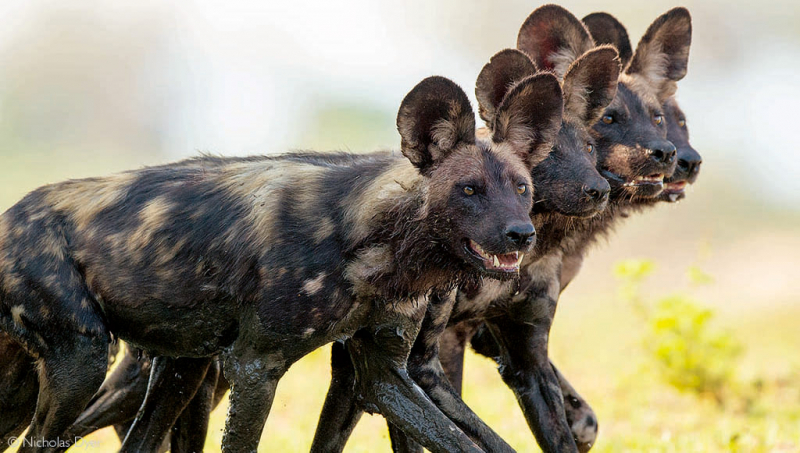
Photo: africageographic 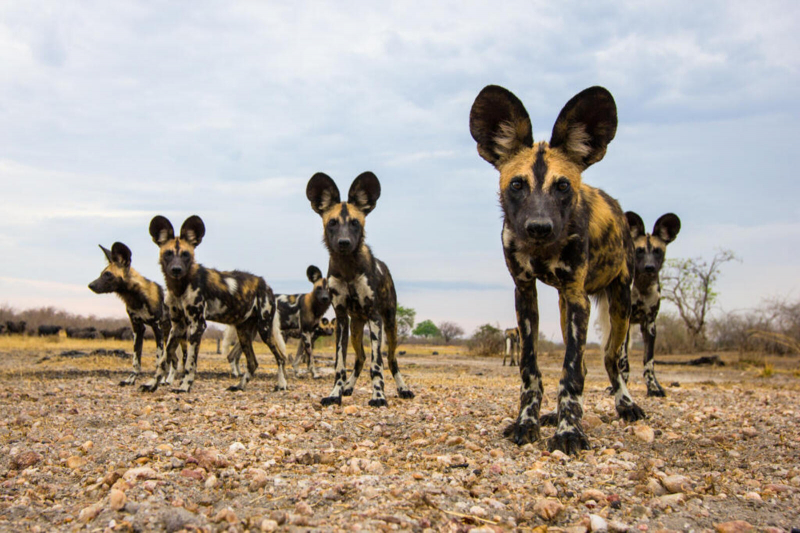
Photo: worldwildlife







